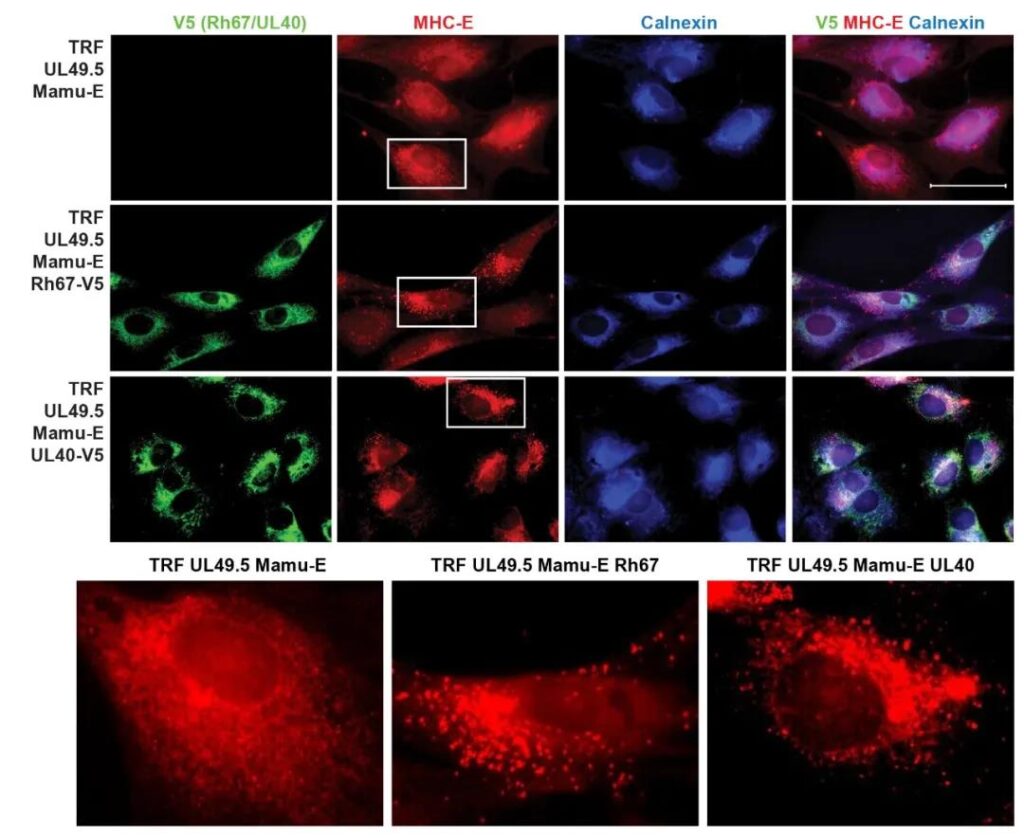The mystery of the candidate HIV vaccine is unveiled after twenty years
- Normal Liver Cells Found to Promote Cancer Metastasis to the Liver
- Nearly 80% Complete Remission: Breakthrough in ADC Anti-Tumor Treatment
- Vaccination Against Common Diseases May Prevent Dementia!
- New Alzheimer’s Disease (AD) Diagnosis and Staging Criteria
- Breakthrough in Alzheimer’s Disease: New Nasal Spray Halts Cognitive Decline by Targeting Toxic Protein
- Can the Tap Water at the Paris Olympics be Drunk Directly?
The mystery of the candidate HIV vaccine has been revealed after twenty years
The mystery of the candidate HIV vaccine has been revealed after twenty years. Researchers at Oregon Health Sciences University, about two decades after first designing a new vaccine, are unraveling why it can stop and eventually eliminate the monkey form of HIV, called SIV, and why it is a promising drug candidate. To stop human HIV.
In a scientific paper published today in the journals “Science” and “Science Immunology”, the creator of the cytomegalovirus or CMV vaccine platform described the unusual biological mechanism of its work.
These findings also help to adjust VIR-1111, a CMV-based anti-HIV experimental vaccine developed at OHSU, which is currently undergoing phase 1 clinical trial evaluation. The trial was conducted at the biotechnology company Vir Biotechnology, which has obtained a license for OHSU’s CMV vaccine platform technology.
“Knowing the mechanism by which CMV-based SIV vaccines work in rhesus monkeys allows us to quickly determine the potential of human vaccines,” Deputy Director of OHSU Institute of Vaccines and Gene Therapy, Professor of Pathology/Molecular Microbiology and Immunology, OHSU School of Medicine Said Louis Picker, MD. “If you add the wrong gene to the CMV vaccine, then the critical immune response required for curative effect will not be formed. If you want a high degree of protection, you must accurately grasp the key to the CMV vaccine, and you must know that you are looking what.”

Localize MHC-E (red) to the intracellular space of fibroblasts (blue) by endocytosis
Two of the papers described the need for a cytomegalovirus vaccine to produce an unusual CD8-positive T cell response, called MHC-E restricted T cells, to effectively defend against SIV in monkeys.
“We know that for a while, we had unusual T cell responses in monkeys that received our CMV vaccine against SIV,” Dr. Klaus Frueh, Professor of Molecular Microbiology and Immunology, OHSU School of Medicine and OHSU Institute of Vaccines and Gene Therapy Say. “But we don’t know whether they are important for protecting SIV. This study clearly shows that without this particular MHC-E restricted T cell response, we would not be protected.”
Research published in “Science Immunology” shows that only when 8 specific genes in the natural form of monkey CMV are missing or inactivated, the vaccine can produce these special T cells to fight SIV. A corresponding paper published by Science’s First Release describes how a special cytomegalovirus protein called Rh67 is required to generate MHC-E restricted T cells to resist SIV. Together, these papers show how to design CMV-based vaccines to create these unconventional T cell responses.

The VL9 peptide (green) promotes the localization of the MHC-E protein (red) in the intracellular space of fibroblasts in rhesus monkeys.
In another Science Immunology paper published today, a research team led by Dr. Andrew J. McMichael of the University of Oxford investigated whether the knowledge gained from experiments on non-human primates can be transferred to humans. These researchers showed that MHC-E restricted CD8-positive T cells can increase and inhibit HIV in laboratory cell culture.
This new research was published in April 2001 at the OHSU Institute of Vaccines and Gene Therapy. Picker and Frueh moved to Oregon to help establish the institute. Picker has been leading its vaccine program since its inception, and Frueh teamed up with Picker in 2006.
(source:internet, reference only)
Disclaimer of medicaltrend.org



